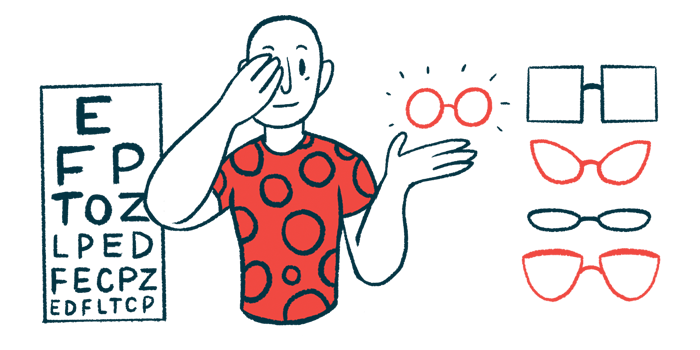MS Patients May Meet Criteria for Sjögren’s Diagnosis, Study Reports
Written by |

Symptoms of Sjögren’s syndrome, including dry eyes and mouth, were observed among 16 people with multiple sclerosis (MS), three of whom met the diagnostic criteria for Sjögren’s in a recent study.
Given this low number, however, it’s unclear if there is a true association between the two diseases, the research team from Brazil said.
The study, “Dry Oral and Ocular Manifestations and Autoantibodies Characteristic of Primary Sjogren’s Syndrome in Multiple Sclerosis,” was published in Multiple Sclerosis and Related Disorders.
Sjögren’s syndrome is an autoimmune disorder wherein the glands that produce tears and saliva are mistakenly attacked, leading to the characteristic symptoms of dry eyes and mouth.
MS is also an autoimmune disorder, characterized by the body’s attack on myelin — the protective fatty substance surrounding nerve cells — leading to demyelination.
A link between MS and Sjögren’s has been suggested, and the two diseases share some clinical signs. For example, some autoantibodies — those produced as part of the immune system malfunction in an autoimmune disease — that are characteristic of Sjögren’s can be seen in MS patients, and some Sjögren’s patients have demyelinating nerve lesions that look like those seen in MS.
The extent and nature of the relationship between the two conditions is poorly understood, however.
A research team in Brazil evaluated the presence of characteristic Sjögren’s symptoms — dry eyes and dry mouth — in MS patients between the ages of 18–65.
Overall, 202 patients completed a survey assessing dry eye and mouth symptoms, as well as the use of medications that could influence these symptoms.
A total of 43 patients had one or both symptoms and 27 were excluded due to co-existing conditions or medications that could cause the symptoms. The remaining 16 patients, 14 of whom were female, were selected to undergo diagnostic testing for Sjögren’s.
Relapsing-remitting MS was seen in 15 participants, while one had primary progressive MS. Most patients had a mild degree of MS-associated disability.
Among the 16 participants, 11 (68.75%) complained of dry mouth, whereas dry eyes were reported in 14 people (87.5%). Eight (50%) said they experienced both symptoms.
Clinical exams showed low saliva flow, measured with sialometry, in three people (18.8%).
Ultrasounds of the salivary glands revealed abnormalities that suggested moderate to severe immune cell infiltration in 10 people (62.5%). Similarly, significant evidence of immune infiltration was seen in three of 13 participants (23.1%) who had a salivary gland biopsy.
Tear production, measured with the Schirmer test, was deficient in four people (25%), and fluorescent staining indicated eye surface damage in three people (18.8%).
Blood antibody tests indicated autoantibodies typically observed in Sjögren’s — anti-Ro/SS-A and anti-nuclear factor (ANA) antibodies — were each observed in two people (12.5%).
To be diagnosed with Sjögren’s, the most recent criteria stipulate that a person must have a total score of four or higher when considering five weighted clinical measurements.
Specifically, evidence of anti-Ro/SS-A antibodies or substantial immune infiltration in the salivary glands are each worth three points, whereas abnormal eye staining, saliva flow rate (sialometry), or tear production (Schirmer test) each earn one point.
Three MS patients met the Sjögren’s criteria, which is a similar rate to previous studies that used older criteria, the authors said. One of these patients had a score of nine, signaling the presence of all of the above clinical signs. The remaining two patients had scores of four and five.
Of the 13 who did not meet the overall criteria for a Sjögren’s diagnosis, nine had a score of zero, meaning they did not meet the clinical cutoff for any of the clinical signs of Sjögren’s.
“The relationship between [Sjögren’s] and MS needs to be better understood; the diseases seem to coexist in the midst of autoimmunity. but the question remains whether the association between them is fortuitous or whether there is a pathogenic [causative] link,” the researchers wrote.



